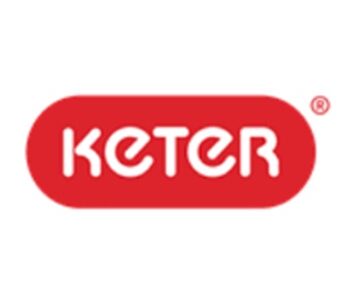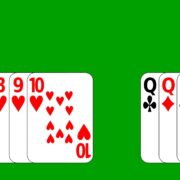
Numerous financial backers today use common assets as a general money growth strategy feature. Whether you should make your standard asset determinations for your 401(K) or manager-supported retirement plan or utilize an expert speculation guide for different kinds of venture accounts, shared assets can be a powerful method for claiming bins of stocks or bonds, with a modest quantity of mutual funds.
Grasping Shared Assets
To effectively put resources into common assets, you ought to comprehend what they are and how they work, so how about we start with certain nuts and bolts? A typical asset is an organization that assembles cash from numerous financial backers and designates that cash by purchasing stocks, bonds or different resources. Shared support resembles a major crate that holds various ventures like stocks or securities. When buying a shared asset, you purchase a piece of the container. Along these lines, you can possess a little level of a wide range of resources that you could not, in any case, have the option to manage the cost of on a singular premise with understanding Demat Account Meaning.
The worth of the asset depends on the worth of the resources it holds. As the stocks or securities inside the asset expand in esteem, the asset expands in esteem. On the other hand, as the stocks or securities inside the asset decline in respect, the asset additionally diminishes in esteem. Shared finances exchange toward the day’s end in light of their net resource esteem (NAV). To decide the NAV toward the finish of the exchanging day, the common asset organization takes a gander at the resources that are all in the container, determines their worth, and partitions that number by the all-out number of extraordinary offers in the asset.
Kinds of Mutual Funds
Common assets are isolated into two classifications: shut-end assets and open-end reserves.
Shut-end reserves have a decent number of offers given to the general population. If you want to buy a piece of the asset, you need to accept a current offer from an investor that is selling.
Open-end reserves have a limitless number of offers. If you have any desire to buy a piece of the asset, the asset makes another offer and offers it to you. There are altogether more open-end assets than there are shut-end reserves. Shut-end assets can exchange at values above or beneath their NAV, while open-end supports exchange at the end of day NAV.
Shared Asset Exploration – Get Your Work done with understanding the Demat Account Meaning
Costs
All common assets have costs. A few supports’ prices are low while other assets’ have extremely high costs. These incorporate everything from the warning expense paid the asset director to managerial costs like printing and postage. With a tad of schoolwork, you can decide on an asset’s costs before contributing. This is significant because those costs can decisively affect your speculation returns. The three costs you ought to know about are loads, reclamation charges, and working costs of mutual funds.











